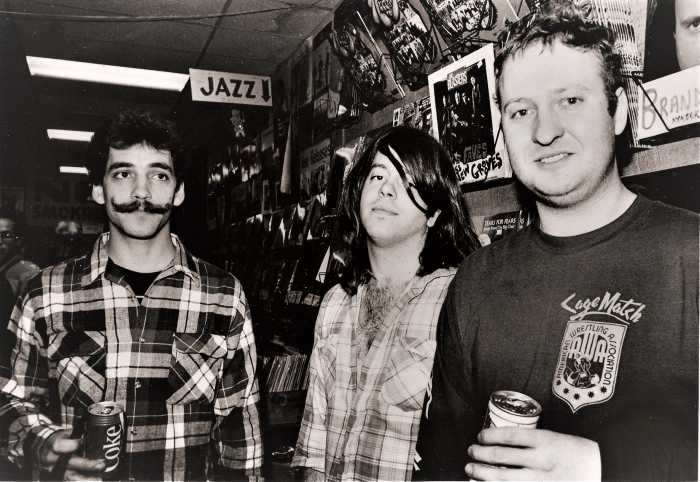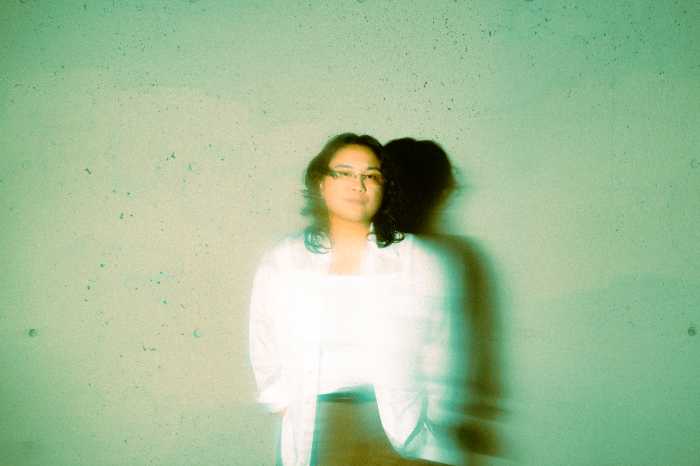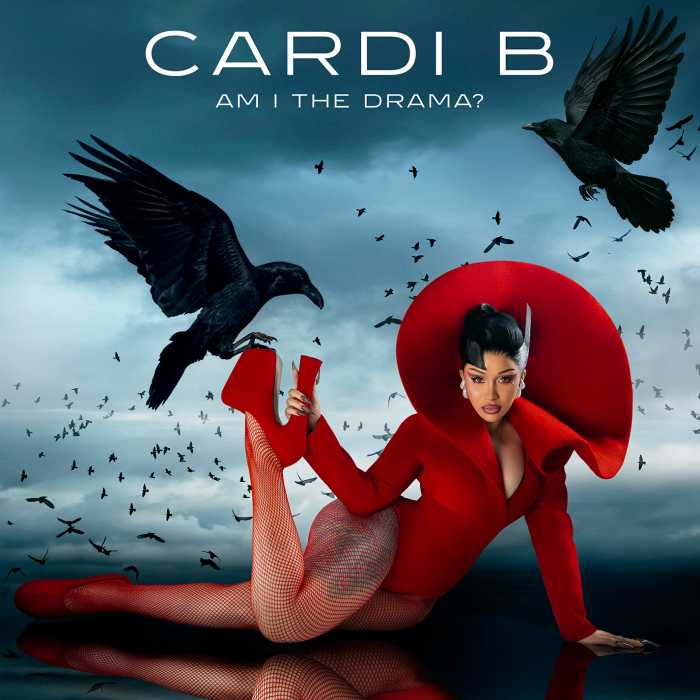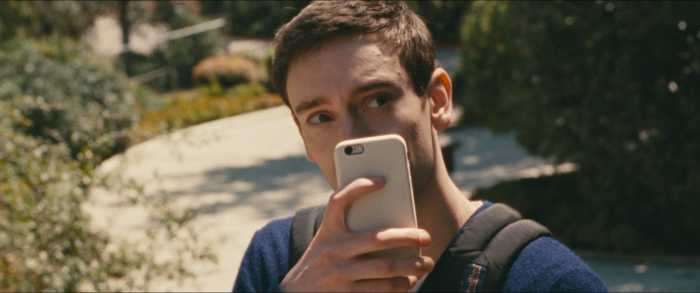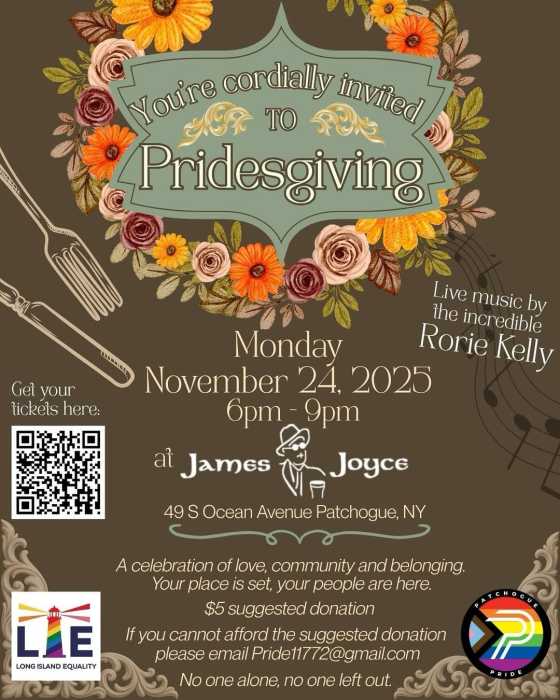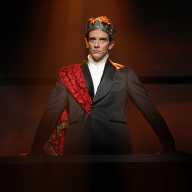BY BRIAN MCCORMICK | Early in Juliette Mapp's moving emotional memoir “Anna, Ikea, and I,” I looked around the audience at St. Mark's Church, wondering if some of what she was saying required insider knowledge. Certain references, like the precise name of the venue — Danspace Project — got hardy laughs from those in the know, and cocked heads from others.
But by the time the piece had ended, the filled-to-capacity crowd was on its feet, every heart touched by the personal story of one woman's quest for belonging – and also by the terrific dancing!
Best known for her award winning performances with John Jasperse Company from 1996 to 2005, Mapp was a student of Viola Farber at Sarah Lawrence College. Farber, who died in 1998, is the ghost that haunts this piece, and Mapp relays stories and conversations with her mentor that still bear some hurt, but are eventually exorcized here. She does this by surrounding herself, literally, with those who have nurtured her — her peers and student dancers. In tracing her own path from student to teacher, Mapp is able to reconcile her conflicted feelings for Farber, and lay her demons to rest.
Juliette Mapp's dance biography transcends insider material
Vicky Shick was the primary nurturing figure in dance and text here, and she exuded peace. She, Mapp, and the eponymous, spunky Anna Sperber, were the first to appear in the piece, seated in chairs facing each other, gesturing with their hands in unison, like a dancer's sewing circle, stitching time and motion to Bob Dylan. They were surrounded by the circle of performers lying on the floor in darkness РJohn Jasperse, Layard Thompson, mentors Wendy Perron, Diane Madden, and Ir̩ne Hultman, students Anna Carpatayan, Natalie Green, and Stacy Grossfield, and peers Levi Gonzalez, Miguel Gutierrez, and Paige Martin.
Mapp structured the work by alternating and overlaying dance sequences with stories and unscripted conversations with the cast, who were all reading books she has read since the war in Iraq began.
Mapp recounted a period in which she lived in Jasperse's studio after a break-up. Along with some Ikea furniture, different set elements from Jasperse's works in which Mapp performed figured in the makeshift home, which was recreated on the church altar. She talked about making “Just Two Dancers” with Jasperse, and then the two performed a duet that wasn't in the piece, but figured in the process.
Jasperse was the playful clown in this piece. Draped and wrapped in a blanket, he stumbled and wrestled with the awkward impediment, trying to stuff it down his pants at one point. Mapp shadowed his movement sans prop, and then moved as if she were the blanket when Jasperse laid it down at the end.
Shick, whom Mapp met in Budapest while she was living with her brother, encouraged her to move to New York to dance. At Sarah Lawrence she studied with Farber, who encouraged the young dancer with negative motivation. Merce Cunningham and Martha Graham are traced back through Farber — she was a founding member of his company, and he danced for Graham. A droll moment occurred when Mapp prepared to project YouTube footage on the wall of Cunningham's 1964 “Septet,” but instead, reinterpreted it live, with Mapp channeling her teacher wryly.
If Farber made Mapp feel insecure about her talents, Trisha Brown revealed another perspective that offered her freedom. The high moment of this work was a recreation of Brown's brilliant 1973 “Spanish Dance” to Dylan's “Early Mornin' Rain.” What made it particularly engaging was seeing the young dancer and choreographer performing this simple, exquisite, line-up piece with her female mentors, all dance elders from Brown's past companies — the incomparable Diane Madden, Perron, Shick, and Hultman. It was impossible not to feel pride and awe for Brown, for each of these individuals, and for the opportunity of a lifetime to be present at this moment in dance.
Like Brown, Deborah Hay, with whom Mapp is now working, provided her a path to creative freedom. Mapp celebrated this part of her dance life in a duet with Thompson, derived from Hay's choreographic practice. Thompson, who has worked extensively with Hay, shimmied and stepped along the floor in shiny red shoes, while Mapp approached likewise from the other side, in gold slippers. They crouched, crept, grabbed, and twisted their necks and overextended their mouth muscles, occasionally vocalizing.
Farber's illness and death provided a catalyst for the release of old pain and for reconciliation. Mapp's students performed, and she danced with her peers, taking to heart all she has been taught, and also how.
There is a choice between the ways of the past and another way, the work suggests. How wonderful to have shared in this piece of honest, loving work that shows anyone who's watching what great humanity and beauty dance is capable of revealing.

